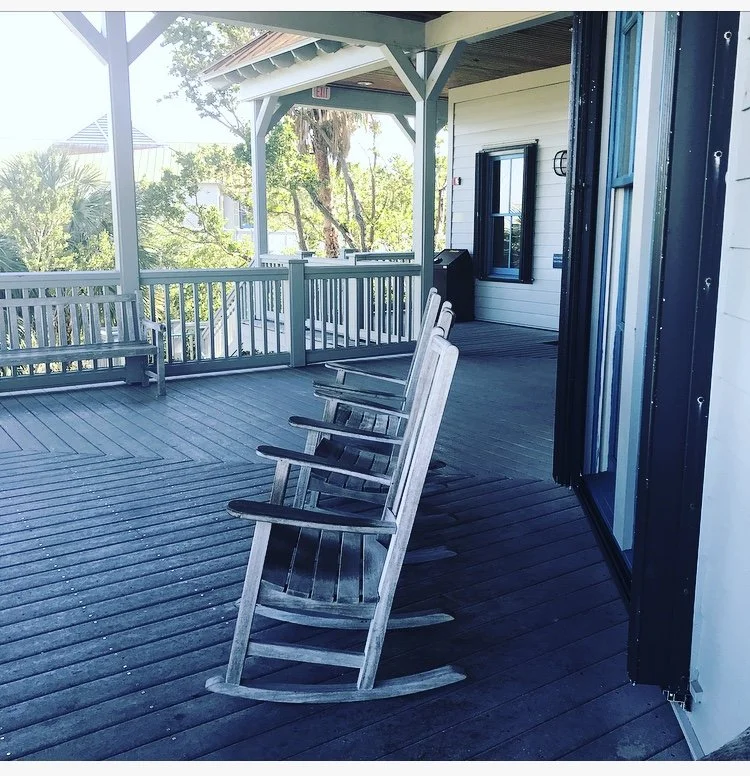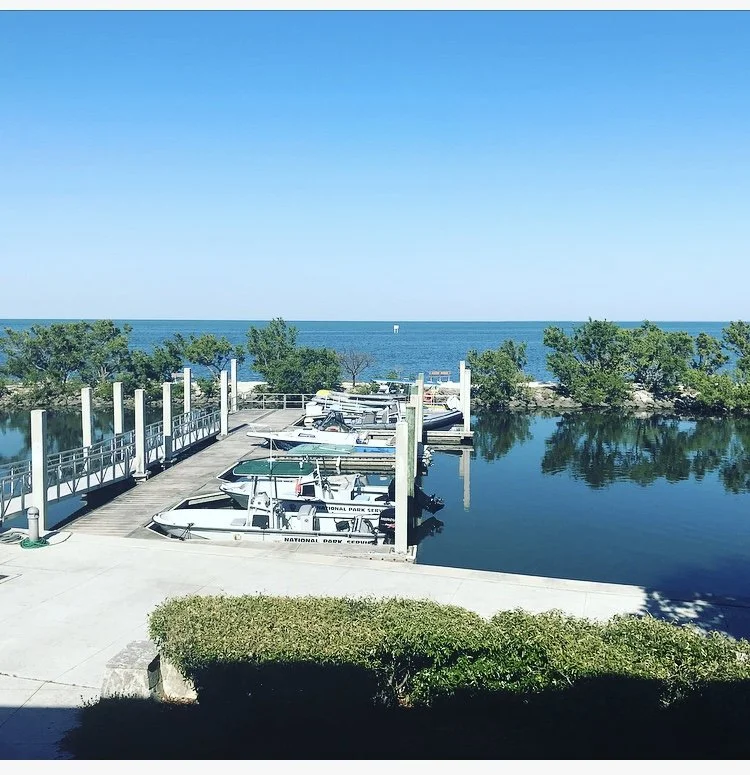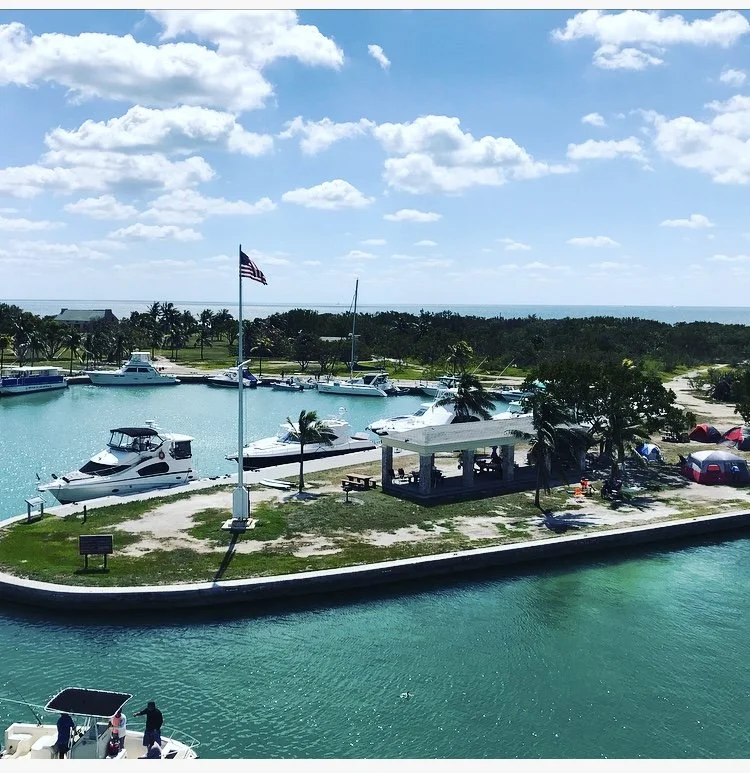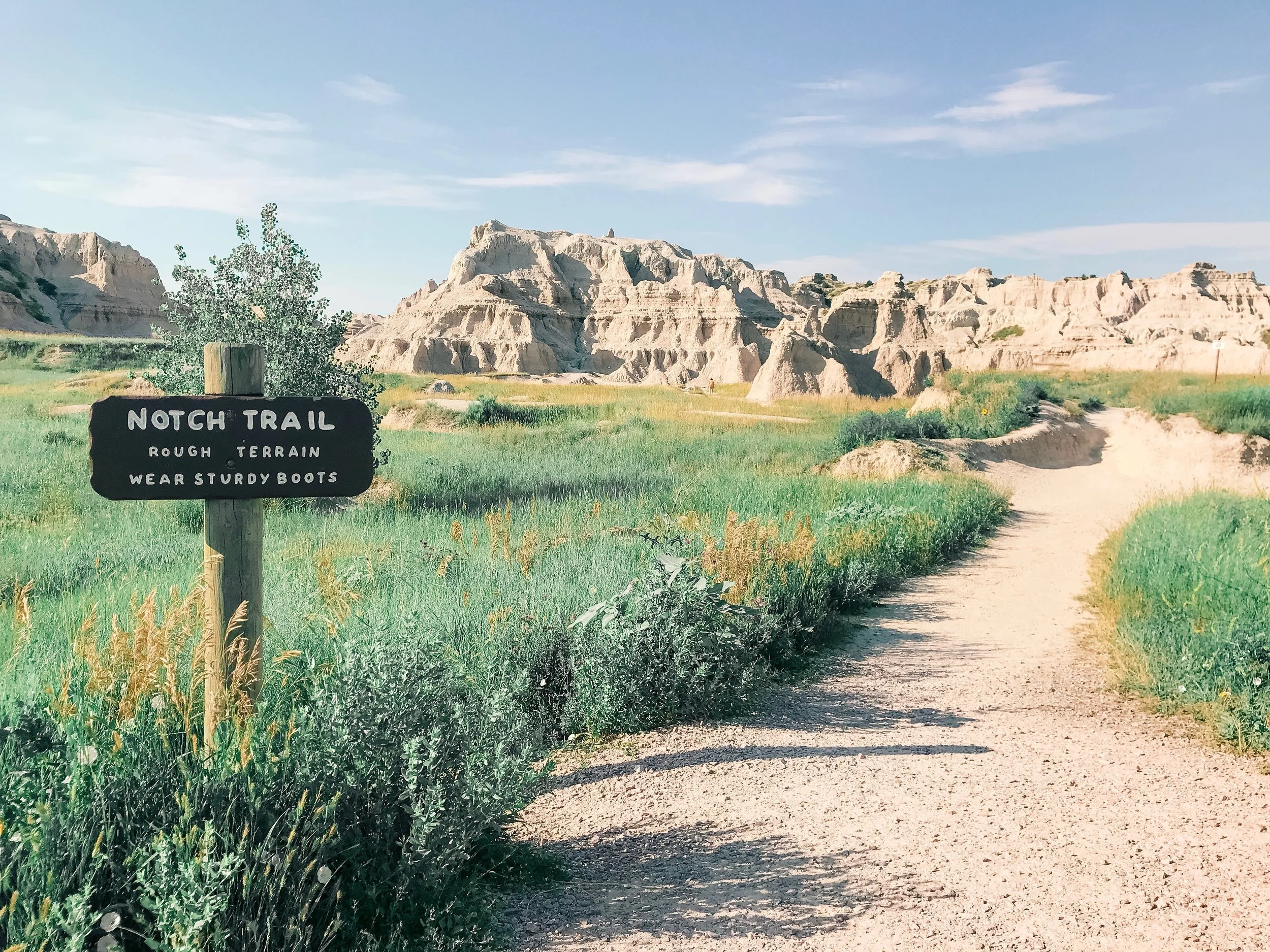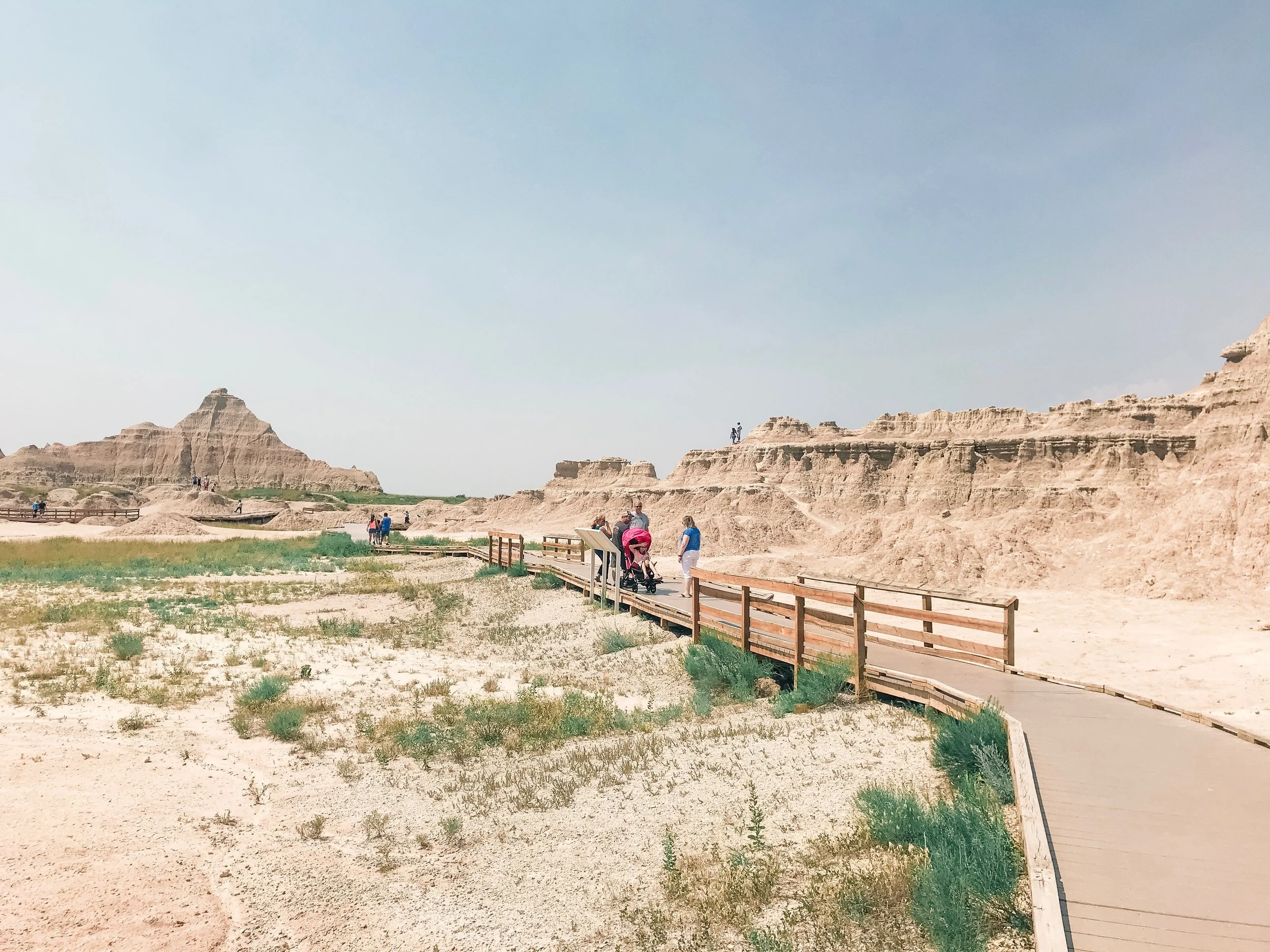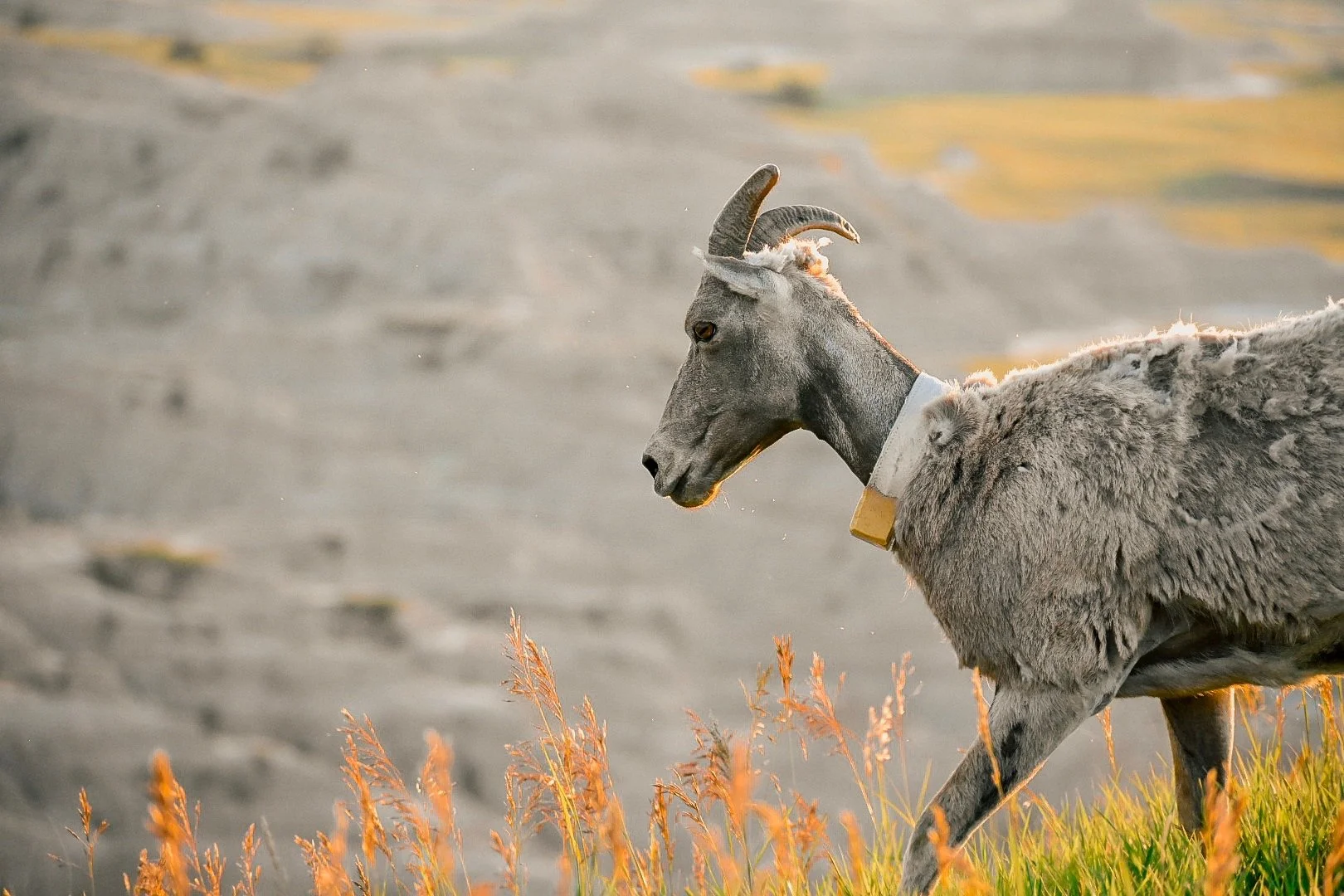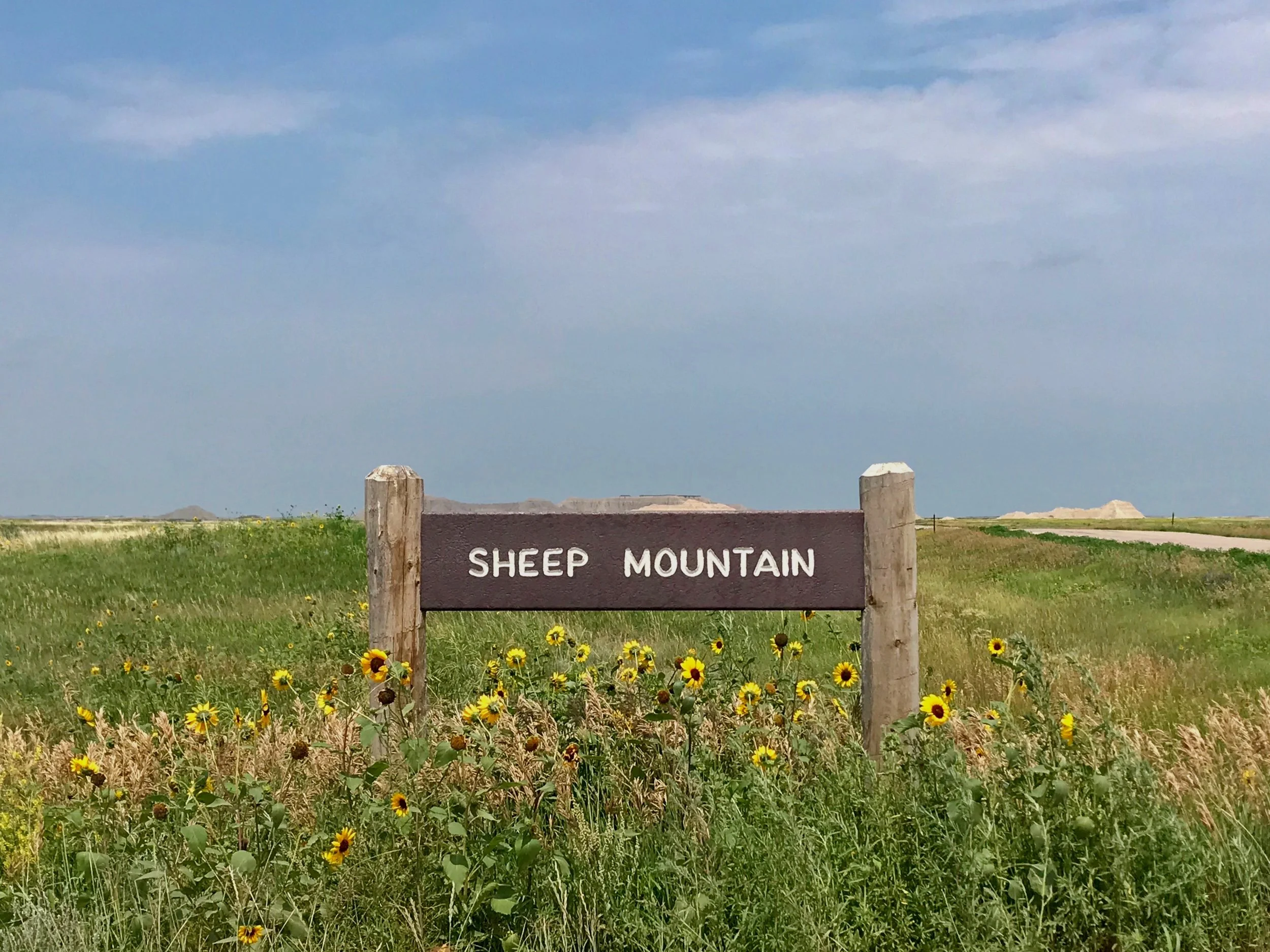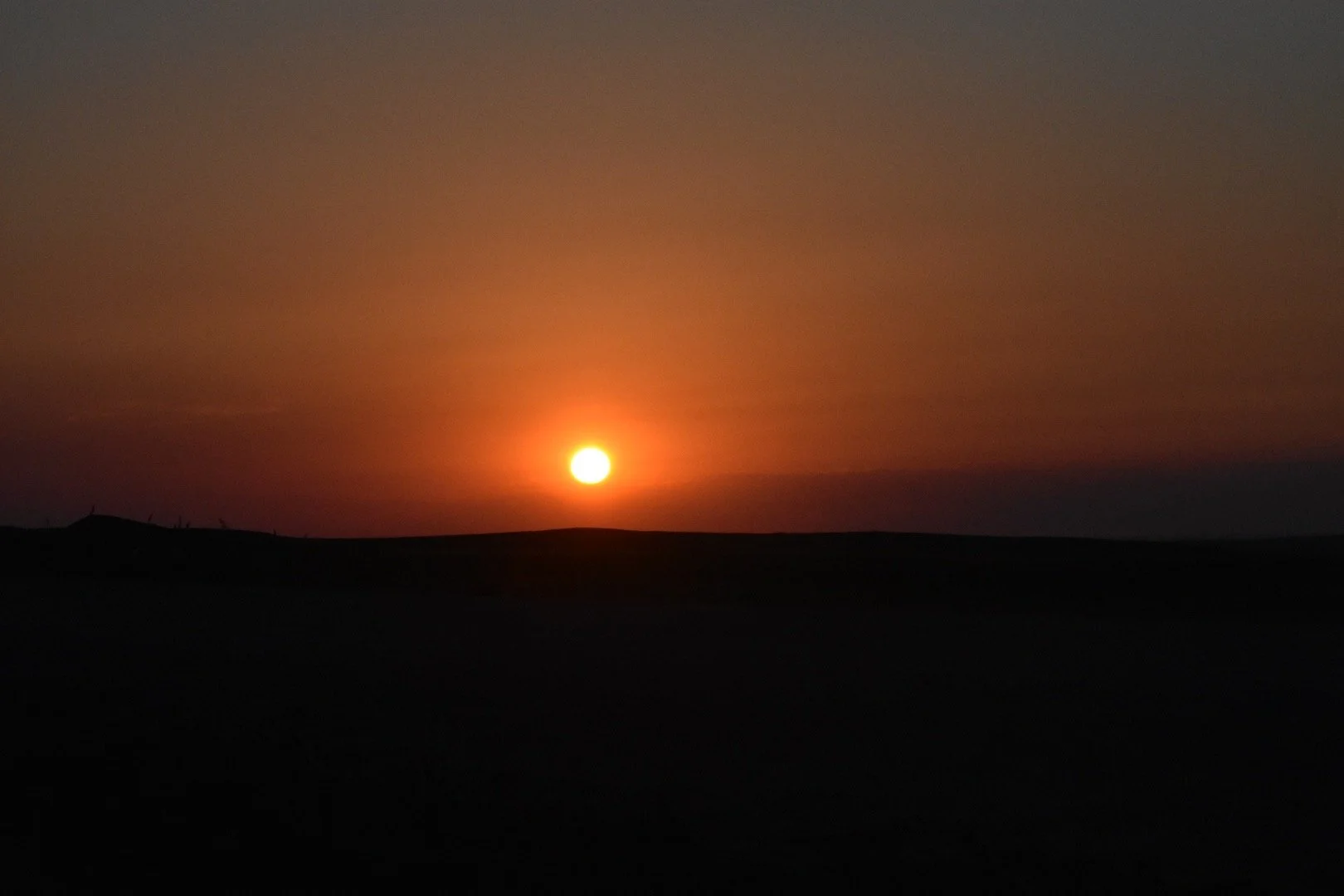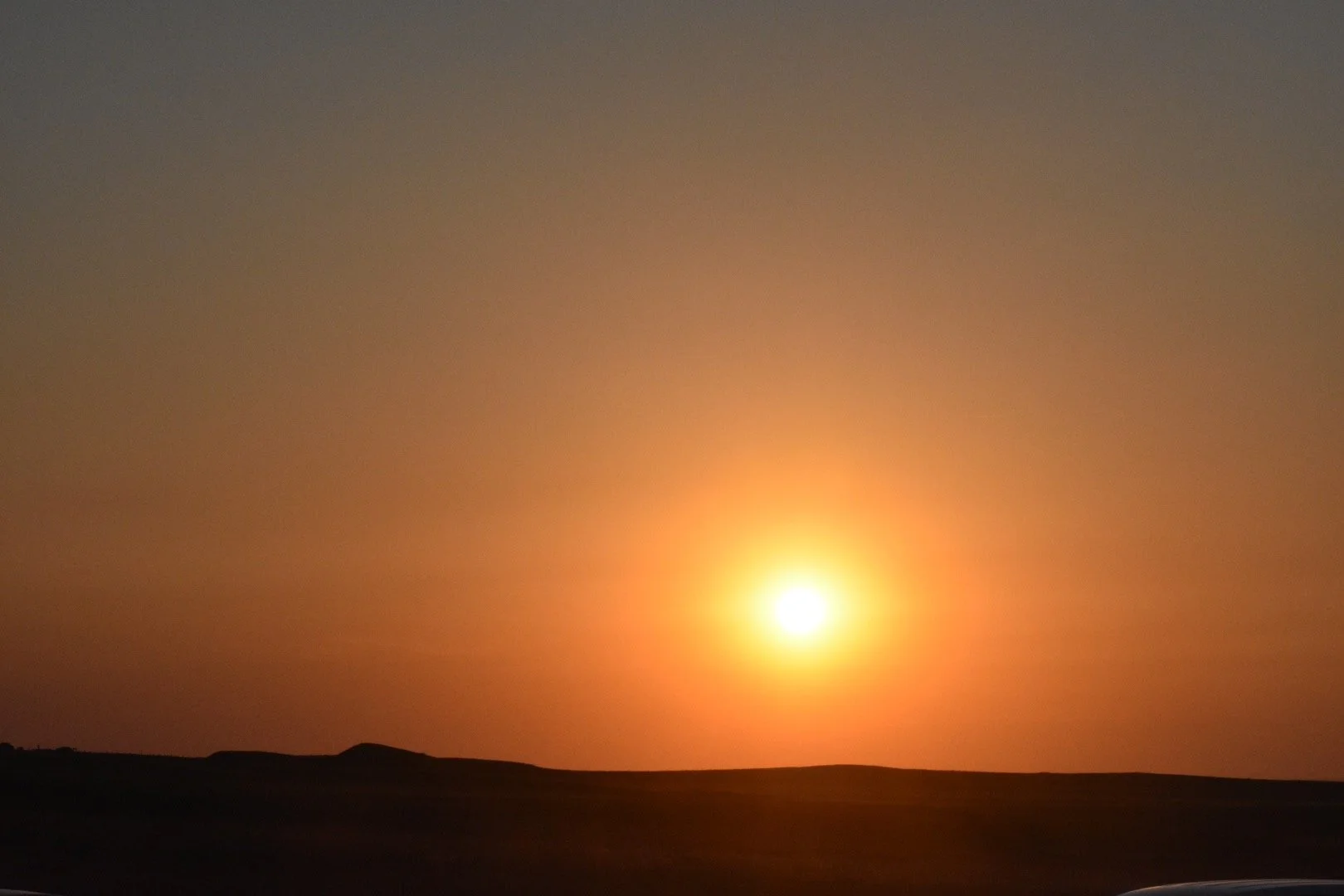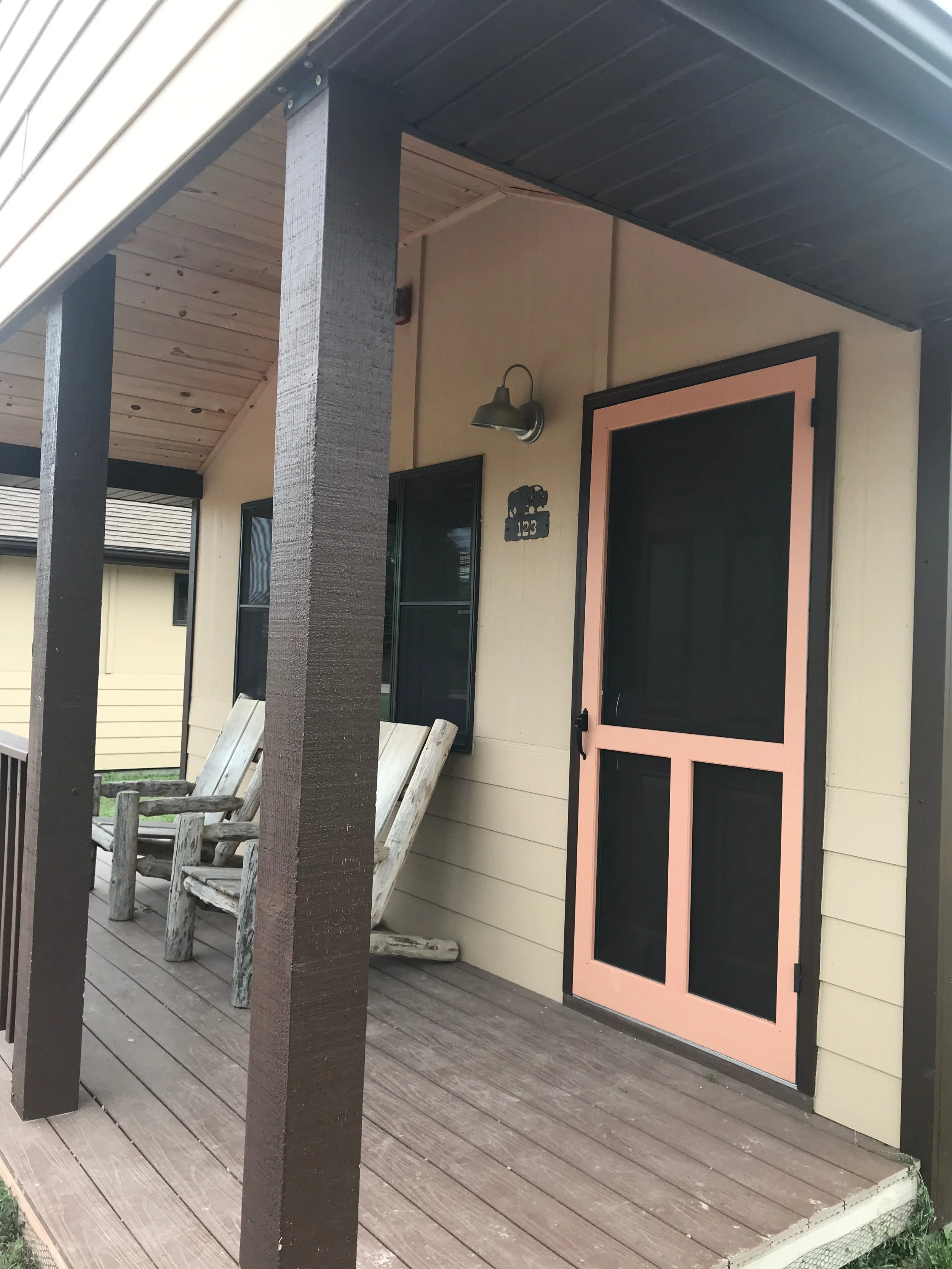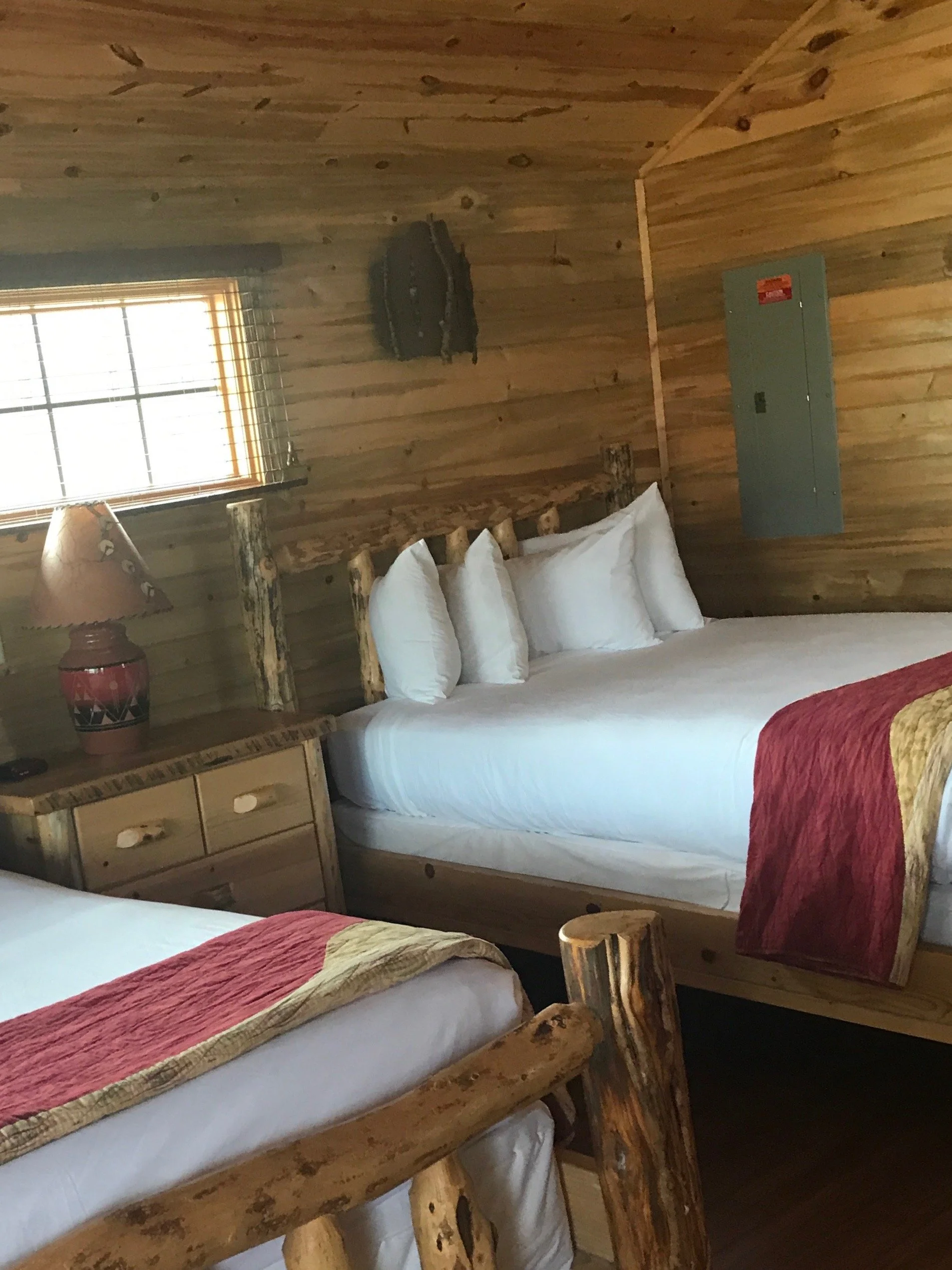In the heart of Northern California's Shasta Cascades, Lassen Volcanic National Park stands as a testament to nature's raw power and enduring beauty.
Read MoreA Day in Biscayne National Park
Just south of Miami, where aquamarine skies meet turquoise water and coral reefs boast jewel-toned marine life is beautiful Biscayne National Park. Unique in just about every way, this park is 95% water, which means you can trade those hefty hiking boots for some swim fins and reduce your layers to just a swimsuit and cover up.
We decided to visit Biscayne on the last day of our Everglades trip--it's only about a 30 minute drive from the entrance of one park to another, so we suggest taking a day-trip to either park while visiting the other. We didn't have much time, but it turns out that Biscayne is one of those parks where you can see a lot in a short amount of time. There are several options for exploring the protected bay and the two keys encompassing the national park, but we chose a boat ride and a walk around Boca Chita key.
Everything starts at the visitor center, which is very cute and worthy of a trip on its own. (Did you know the National Parks have their very own architecture style? We’re saving that for another post.) The two-story center has a lovely bookstore and a large information desk, where you can ask a ranger a question and your cancellation stamps.
Outside the visitor center is the marina, where you can choose your own adventure. There are glass-bottom boats that tour the coral reefs in Biscayne Bay; boat rides for snorkeling the reefs; canoe, kayak and paddle-board rentals; and ferries to Boca Chita Key and Elliot Key. Note that should you choose to camp at Biscayne, you must provide your own nautical transportation, or take the early ferries that drop you off at the keys.
We opted for the ferry (which you must reserve a seat in advance!) to Boca Chita, the smaller key but is home to a famous lighthouse. The ferry glides you across the Bay, into a keyhole where the captain informs you of the history of the upper keys and how the National Park was formed (it's a juicy story if you want to read it here); it then continues across the bay where it anchors in the marina for about an hour and lets you explore the small key.
While on the key, we took a trail through a small grove that led to more private, secluded parts of the island. We found plenty of spots to take a swim in the turquoise water. The trail took us around the key and back to the beautiful lighthouse, where we furthered our adventure with a climb to the top for a spectacular view of Biscayne Bay and Miami.
We loaded back into the ferry and sped back across Biscayne Bay for our departure home. While it was a quick trip, just speeding across the waters of Biscayne National Park is soothing, and the scenery is undeniably beautiful. If you go in the early mornings or evenings you are also more likely to see one of many varieties of wildlife in the bay, like sea turtles, dolphins, and manatees.
Park Spotlight: Badlands National Park
In the enchanting southwestern reaches of South Dakota, where undulating grasslands gracefully yield to otherworldly desert terrain, a dramatic transformation unfolds. Here, an expansive sky stretches endlessly over emerald prairies, where it is suddenly torn; a serrated edge is knifed into the sky by rugged sedimentary buttes piercing the horizon. Known to the indigenous people as ‘badlands’ for its seemingly inhospitable nature, this land etched with serrated formations found its name embedded in history; In 1978, over 240,000 acres of this captivatingly desolate expanse were anointed as the revered Badlands National Park.
While many journey through this landscape en route to the picturesque Black Hills, the iconic Mount Rushmore, or the bustling thoroughfares of Rapid City, immersing oneself in the depths of this natural wonder unveils a world of astonishing hues and captivating vistas. Consider lingering a while, perhaps a night, for within this realm of stone and sky, the colors of these formations dance from the glow of sunset to the subtle embrace of dawn.
For those opting to view the park by vehicle, the scenic Route 240, famously known as the Badlands Loop Road, carves a mesmerizing path through the northern expanse, leading travelers to the Ben Reifel Visitor Center. Along this route, several lookout points beckon explorers to pause and absorb the grandeur. Yet, to venture to the park's less-trodden southern reaches, a solitary odyssey unfolds, as most visitors gravitate towards the north. The journey to the White River Visitor Center in the park's southern area requires exiting and re-entering, an expedition that cruises past vast stretches of undulating grasslands with plenty of wildlife.
WANDERERS' TRAILS AMIDST THE BADLANDS
To truly embrace the surreal, Mars-like landscapes of the Badlands, hiking these terrains on foot is an unrivaled experience. While no shuttle service ferries adventurers to these trails, the convenience of their accessibility, mere offshoots from Route 240, offers a gateway to unbounded exploration.
NOTCH TRAIL
Among the park's most revered journeys, this 1.7-mile loop ascends a steep incline via a rustic yet exhilarating log-and-rope ladder. Trekkers are rewarded at the pinnacle with an expansive vista of the White River Valley, though the descent down the ladder often proves the greater challenge. Sturdy footwear and dry weather are advisable, for the ladder can be treacherous, with precipitous drops punctuating the path.
WINDOW & DOOR TRAILS
These concise and easily navigable jaunts cater to visitors of all ages, each with its own designated parking area and guided by boardwalks. The Door Trail, spanning about a mile, beckons adventurers beyond the boardwalk into the rugged heart of the Badlands. Meanwhile, the shorter, quarter-mile Window Trail remains confined to the boardwalk. Both trails, sought after at daybreak, offer glimpses of nature's canvas painted in resplendent hues.
FOSSIL EXHIBIT TRAIL
A requisite for families or enthusiasts of prehistoric remnants, this interpretive trail, spanning a brief quarter-mile via boardwalk, provides a captivating immersion into the region's fossilized past. While sightings of wildlife may be sparse, encounters with exuberant young explorers are almost guaranteed.
Beyond the Trails: Unveiling Nature's Tapestry
For those favoring a more subdued communion with the land, a plethora of low-key activities unfolds, many within the cocoon of one's vehicle.
Wildlife Enclaves: A serendipitous drive through the Badlands unveils an array of mammalian marvels. Bison and prairie dogs frequent the grasslands, while rabbits occasionally grace the roadsides. At sunset, Sage Creek Rim Road offers a glimpse of bighorn sheep navigating craggy formations, with prospects of bobcats, wolves, foxes, and the elusive black-footed ferret.
Sheep Mountain Table: Nestled in the park's southern reaches, the unpaved road leading to Sheep Mountain unveils a tableau adorned with wildflowers—a sprawling plateau offering panoramic views of the lesser-seen White River Badlands. While devoid of formal trails, the site beckons enthusiasts to explore its edges or bask in its tranquility.
Sunsets and Sunrises: Nature's canvas embraces celestial transitions with unparalleled grace. The Badlands, aglow in hues of pink and orange, offer uninterrupted views of dawn and dusk, their ethereal beauty painting the light-colored formations.
Accommodations and Precautions
Two campgrounds within the park—Cedar Pass and the primitive Sage Creek—beckon to dwellers. At Cedar Pass, there are shaded areas for cover, but your tent will likely be exposed to direct sun for most of the day. Keep that in mind while camping. The Cedar Pass Lodge cabins, however, offer comfort and elegance while providing a beautiful and cozy respite amid the rugged beauty.
A word to the wise: summer temperatures here can be unforgiving. Sunscreen, broad-brimmed hats, and light, long-sleeved clothing prove indispensable for daytime explorations. Sudden thunderstorms, a hallmark of South Dakota, demand preparedness for slippery trail conditions.
While the trails may occasionally confound with their markers (or lack thereof), navigation aids like arrows drawn in white-tipped marker guide the way. Anticipate sporadic cell service and equip yourself with maps and ample hydration.
In this beguiling alien country, the Badlands beckon wanderers to extend their travels beyond a fleeting visit. May your exploration of this ethereal expanse be not merely a day's affair, but an immersive odyssey.
Happy camping, and may the winds of the Badlands whisper tales of wonder in your ears.


